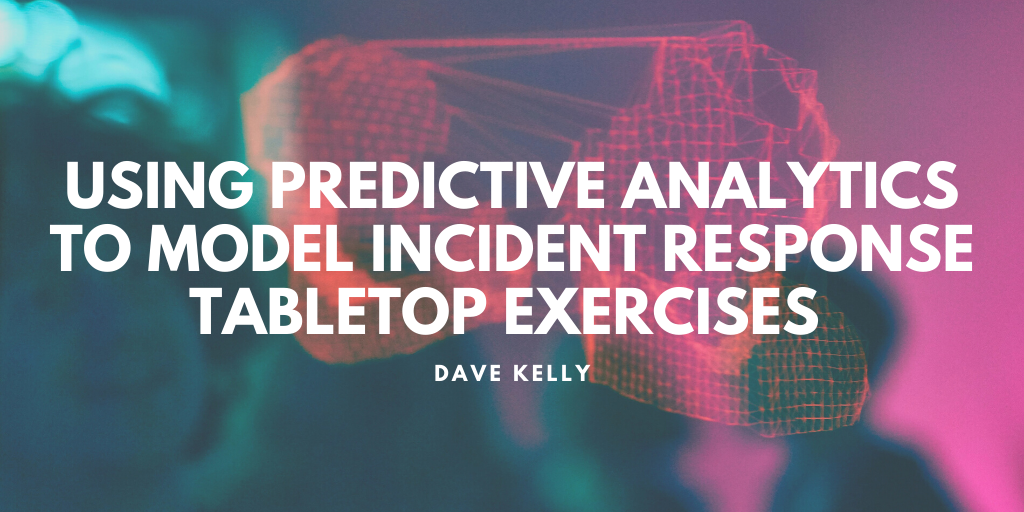The key to a compelling incident response tabletop exercise involves modeling likely scenarios and demonstrating probable outcomes resulting from decisions made by the participants. Whether it be a cyberattack, a natural disaster, civil unrest, or all of the above simultaneously, government leaders need a platform with which to test their emergency response plans, challenge their business continuity assumptions, and assess their staff’s operational knowledge under pressure.
By exercising at regular intervals, government agencies can see in real-time where they can gain efficiencies and what gaps exist that need to be filled. Publishing the exercise results and sharing them across disciplines can be the catalyst for fixing broken processes and policies. Modern business intelligence (BI) tools and predictive analytics capabilities can significantly speed the time to value of these tabletop exercises by automating the decision tree and providing an instant feedback loop.
Because predictive analytics uses data to forecast unknown events, it is a natural, albeit underutilized, fit for incident response modeling. By using historical data from previous incidents, we can create more accurate scenarios, more likely decision trees, and enhance our risk mitigation strategies. We can then view and analyze our results in a common BI portal creating a more agile response framework. By comparing our plans to the incident results, participants can easily recognize successes and shortcomings and work together to further refine risk mitigation strategies.
With the increased sophistication of cyber attacks, the development of comprehensive response plans should be top of mind for all government organizations. The exercise models needed to accurately reflect real-word response scenarios to cyber incidents require a focus on data integration: that is bringing together the disparate data that is available to us into a common platform for review and analysis.
When it comes to cyber, there are common plan loopholes that tabletop exercises can address. These loopholes include an imbalance between the technical and business aspects of the solution and situational planning that ignores unforeseen circumstances. Predictive analytics can illuminate this and point out potential outcomes that may not have been previously considered likely by the business and/or information technology (IT) team.
Utilizing predictive analytics for tabletop exercises limits gaps in understanding and better prepare emergency managers and government organizations alike for more realistic response scenarios. Thus, allowing for more robust contingency and business continuity planning, and ensuring our teams are best prepared to wade in uncertain waters.
